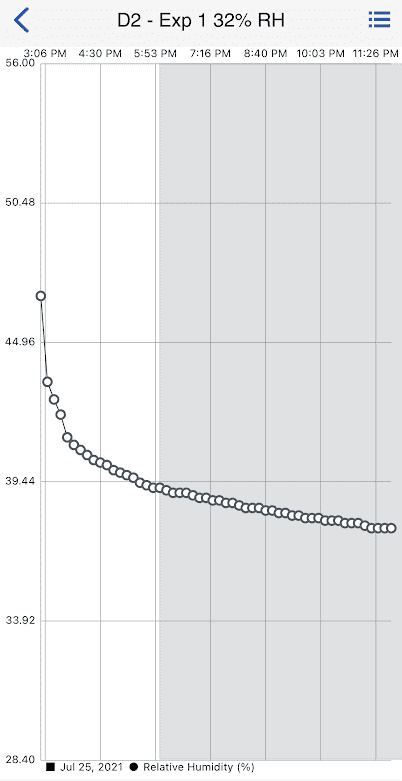WildRose
Well-Known Member
That's an excellent article and explains what I'd observed in difference in the exact same loads after I'd first moved my reloading to a climate controlled building vs uncontrolled building.If you're interested in learning a little more about humidity, here's an interesting observation. Just thought I'd add a little tid bit of info since you were already looking into humidity.

How does humidity affect powder?
You may have heard about a relationship between humidity and bullet velocity either in a book, on a reloading forum, or from a crusty benchrest shooter right after saying they get better ES/SD̵…chronoplotter.com
I suspected the variance in humidity was effecting my loads because that was the one factor out of my control but had no real way at the time to prove it even to myself.
Once I moved into a THC building my loads became dramatically more stable and consistent.
Once I open a jug though I also throw some extra desiccant into it to ensure exposure to air isn't going to overly affect it.
